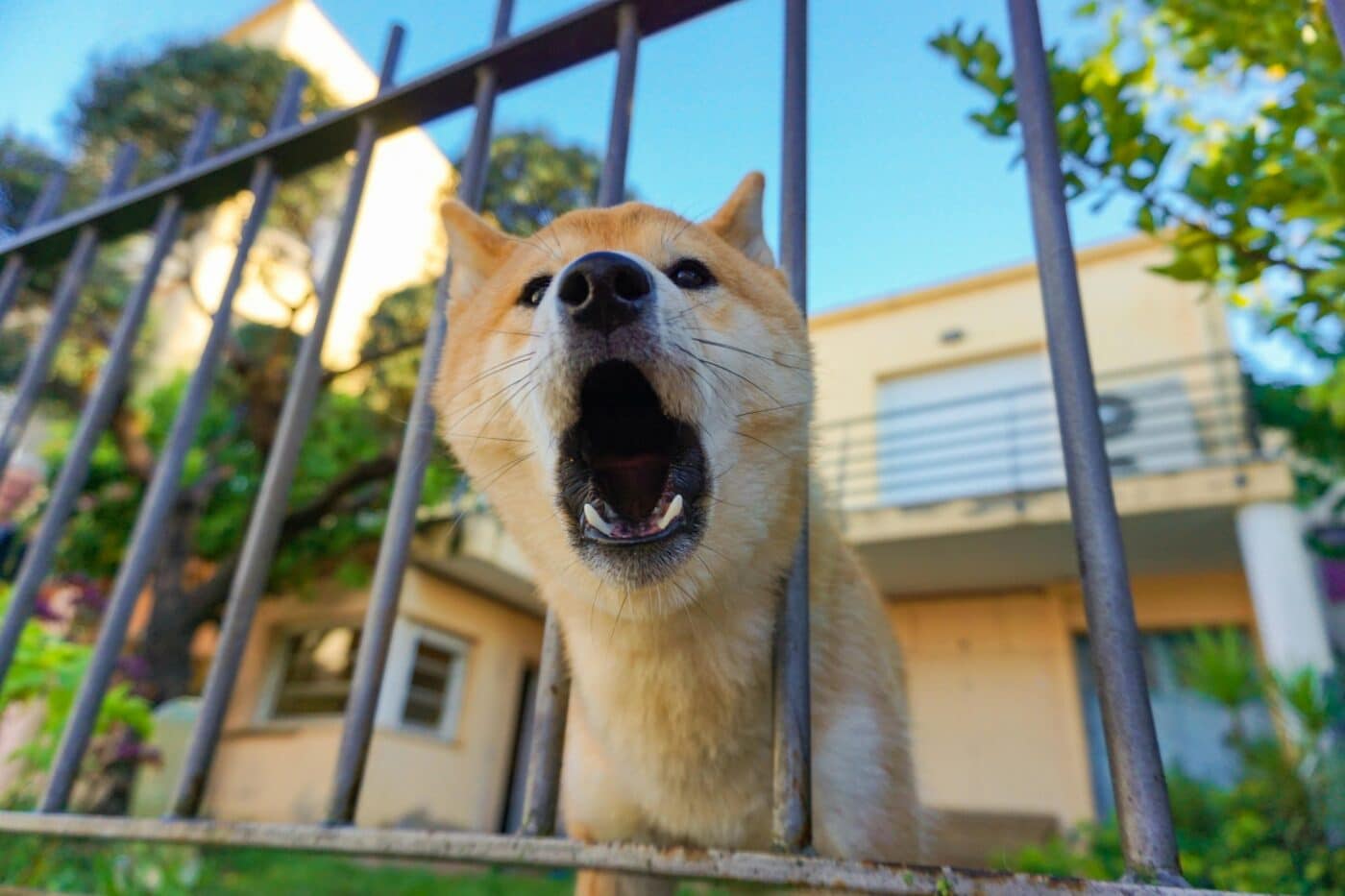 Shutterstock
Shutterstock
If you’re a dog owner, you know the scene: the mail truck arrives, and your dog erupts in barks, paws at the window, and seems determined to alert everyone. But why do dogs overreact to the mailman? Dogs are typically friendly, so why single out this daily visitor? There’s more to it than a simple dislike for a uniform. Understanding why dogs bark at the mailman gives insight into their instincts, territorial behavior, and how they interpret repetitive events in their environment.
A Territorial Instinct Kicks In
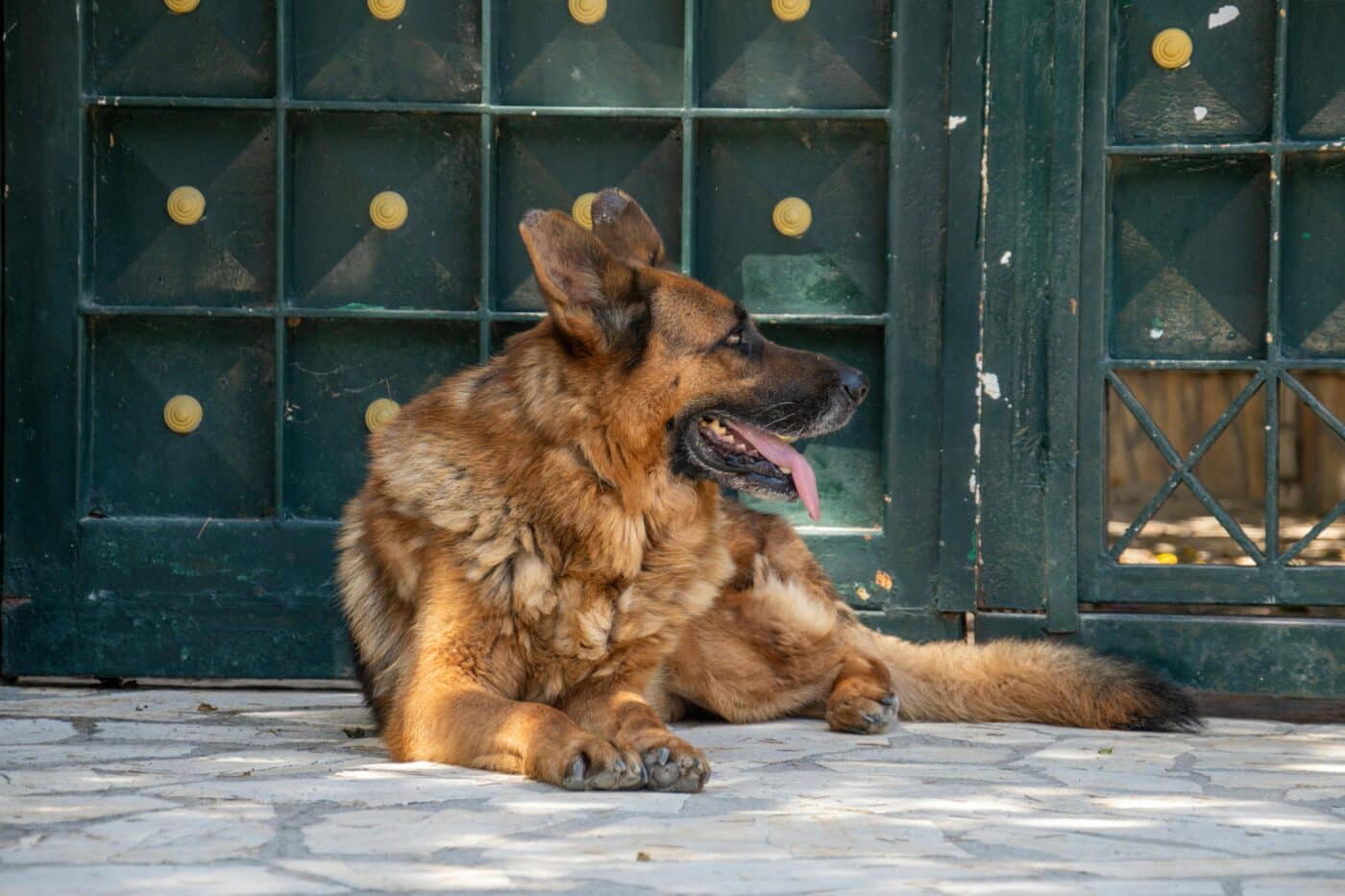 Shutterstock
Shutterstock
Dogs are instinctively territorial animals, a trait inherited from their wild ancestors. In the wild, territory is vital for survival, and unfamiliar intrusions are typically met with defensive behavior. To your dog, the front yard or any visible area near your home is an extension of their territory. When the mailman appears, your dog sees them as a potential intruder entering their designated zone. This triggers their territorial instincts, and barking becomes their way of defending their space. The repetitive nature of the mailman’s visits further reinforces this, as they seem to “invade” the territory every day. Barking serves as a natural response to ward off this “intruder.”
The Confusing Cycle of “Intruder” and Retreat
 Shutterstock
Shutterstock
One fascinating aspect of dogs’ reactions to the mailman is the reinforcement of behavior through the daily routine. Each day, the mailman arrives, deposits mail, and leaves shortly after. To your dog, it may seem like their barking “worked” and successfully drove the “intruder” away. This confusing cycle makes them believe they’re doing their job by scaring off the mailman. Over time, this pattern becomes ingrained, reinforcing the idea that barking is an effective way to protect their territory. This cycle creates a strong association in the dog’s mind: the mailman appears, they bark, and the “threat” vanishes, strengthening the behavior over time.
The Uniform Effect
 Shutterstock
Shutterstock
Dogs are highly observant animals, and uniforms can make strangers appear more intimidating or unusual. The mailman, often dressed in uniform and carrying packages or mailbags, stands out to your dog. This consistent appearance day after day can make the mailman seem like a suspicious figure who looks familiar yet remains a stranger. Dogs tend to react strongly to people who appear regularly but don’t interact directly, as this behavior doesn’t match typical human interactions they’ve been socialized with. The combination of the uniform and lack of familiar interaction contributes to a dog’s wariness, causing them to alert their owners.
The Element of Surprise and Sudden Movement
 Shutterstock
Shutterstock
Mail delivery is often fast and efficient, with the mailman arriving and leaving in a matter of moments. This quick, unexpected arrival can startle dogs, especially if they aren’t paying attention to the approaching mail truck. Sudden movements can make dogs feel uneasy, triggering their natural alert response to anything unusual in their environment. This response is amplified in breeds with heightened guarding instincts, who feel it’s their duty to keep an eye on sudden or unexplained actions. The mailman’s repetitive “sudden” appearance makes them a prime target for barking, as dogs react to the surprise each day.
Protecting the Pack from a Potential Threat
 Shutterstock
Shutterstock
Dogs are loyal to their families and often take on the role of protector. When the mailman approaches, your dog might perceive them as a potential threat to their “pack.” This protective instinct, common in many breeds, drives them to alert their family members to any perceived danger. Even though the mailman is no real threat, dogs don’t differentiate—they just know a stranger is approaching their territory and potentially their family. The mailman’s daily presence without any direct engagement further enforces their instinct to alert the pack, as they want to ensure everyone is aware of this recurring “threat.”
Lack of Familiarity and Missed Social Cues
 Shutterstock
Shutterstock
Dogs are social animals that interpret a lot through body language and scent. Unlike visitors or delivery people who interact with homeowners, the mailman doesn’t typically engage with your dog or family, leading to a lack of familiarization. When dogs aren’t allowed the opportunity to sniff, observe, or “meet” someone, they tend to remain wary and on alert. This unfamiliarity creates a sense of mystery, as the mailman is a stranger who frequently shows up but doesn’t introduce themselves. This lack of social cues makes it difficult for dogs to relax around the mailman, keeping them alert and defensive.
Dogs as Creatures of Habit
 Shutterstock
Shutterstock
Dogs are creatures of routine, and they quickly pick up on the rhythms of daily life. The mailman’s regular arrival at the same time each day becomes a predictable event, and dogs learn to anticipate it. However, this predictability can also increase their alertness, as they expect the mailman’s appearance and are ready to react. While some dogs become desensitized to recurring events, many find excitement or purpose in following this daily “duty.” Their barking becomes part of their own routine, much like waiting for a walk or mealtime, and they see the mailman as their signal to spring into action.
Certain Breeds Have Stronger Guarding Instincts
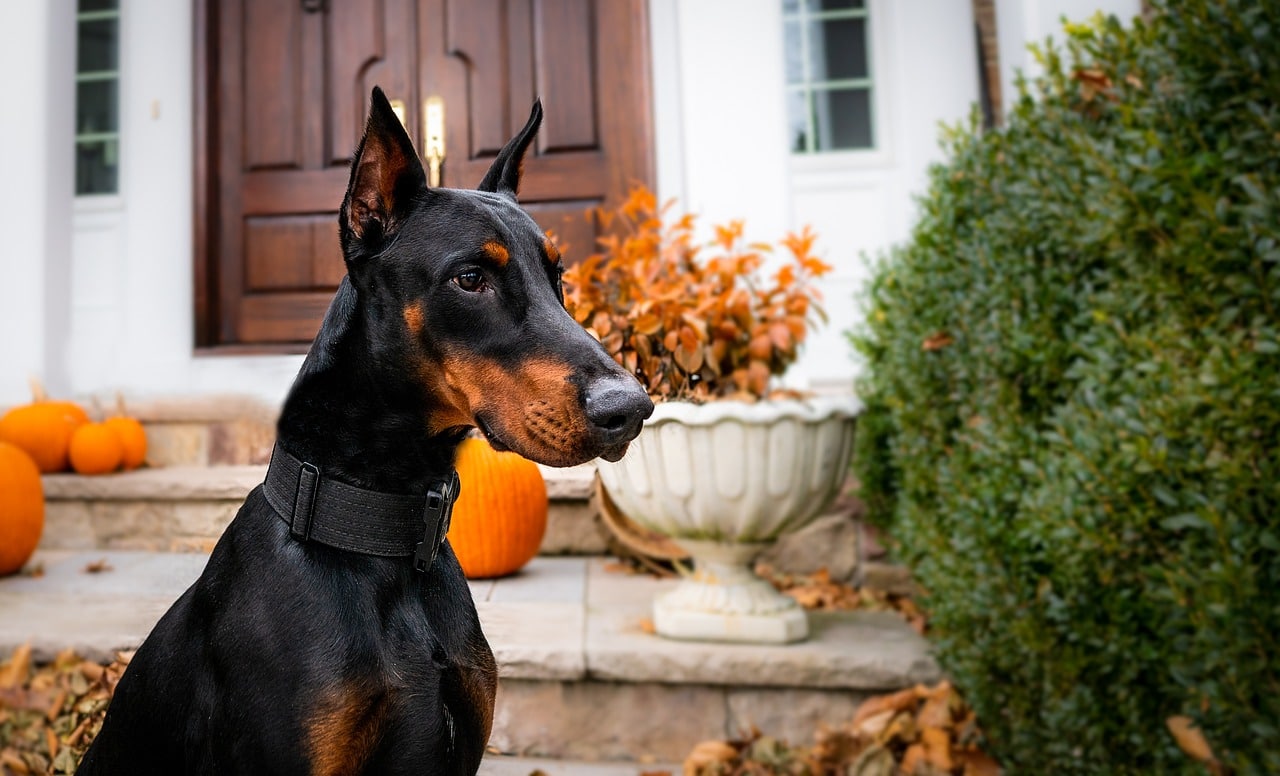 Shutterstock
Shutterstock
Some dog breeds have stronger guarding instincts than others, which makes them more prone to barking at the mailman. Breeds like German Shepherds, Rottweilers, and Dobermans are known for their protective nature and heightened sensitivity to strangers. Even breeds not traditionally used for guarding can develop strong territorial behaviors if they are closely bonded with their families and view their home as something to protect. The mailman represents a constant intrusion into their territory for these dogs, activating their natural guarding instincts. They take their role as “protector” seriously, making them especially vocal when the mailman arrives.
“Stranger Danger” Instincts Triggered by Repetition
 Shutterstock
Shutterstock
The mailman is a unique figure in a dog’s world: someone who appears daily without introduction, doesn’t engage in friendly gestures, and leaves just as quickly as they arrive. This unusual interaction pattern can trigger a “stranger danger” response in dogs, where they instinctively sense something is off. Dogs are wired to notice patterns, and the consistent appearance of a stranger without familiar social behavior may cause them to see the mailman as suspicious. This can lead to barking as dogs attempt to resolve the uncomfortable tension caused by the unfamiliar “intruder” who never interacts.
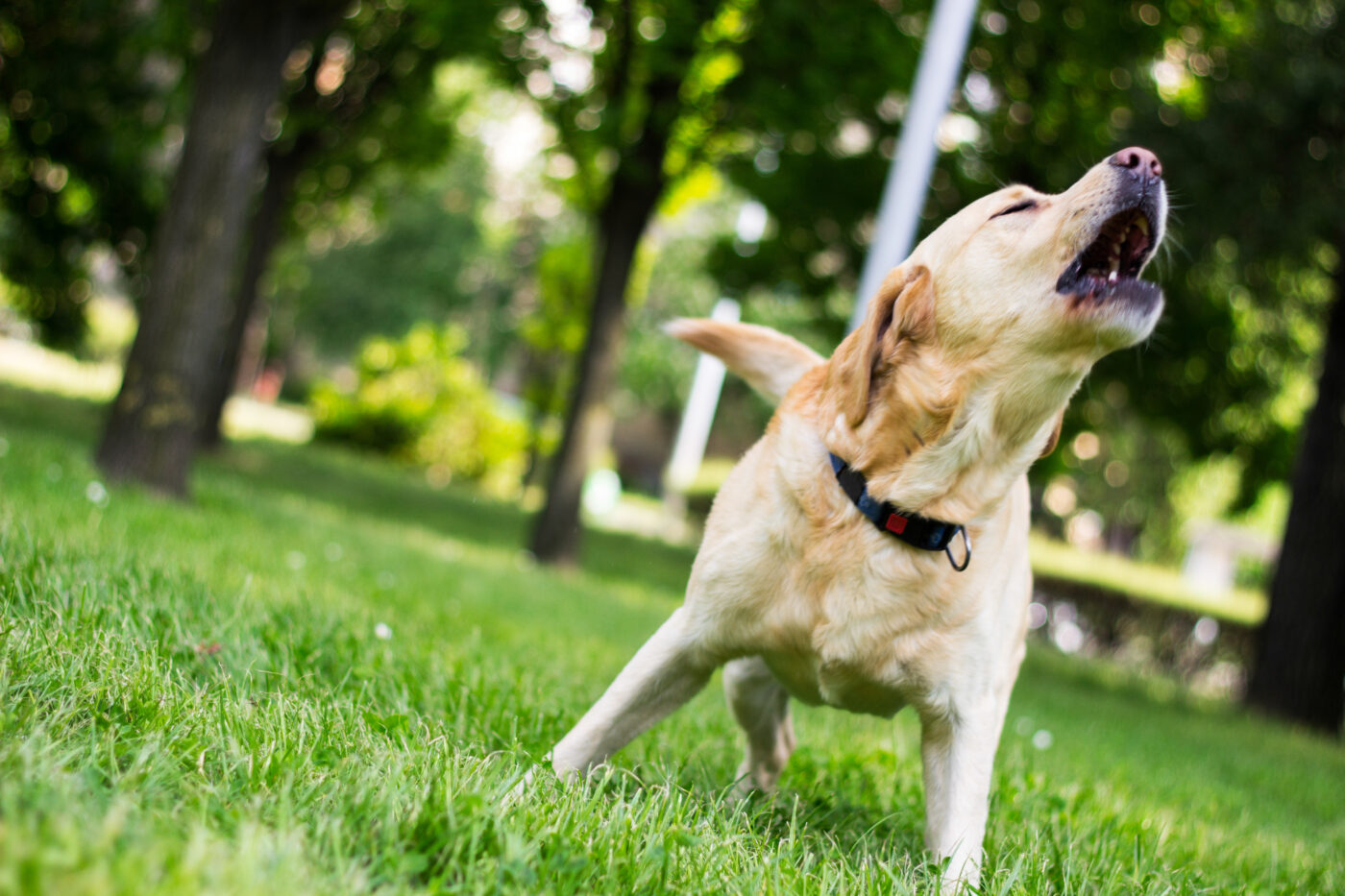 Shutterstock
Shutterstock
Dogs often pick up behaviors from each other, and barking at the mailman is no exception. In multi-dog households, one dog barking at the mailman can prompt others to join in, reinforcing the idea that this situation is worth alerting the family about. Additionally, if a dog sees another dog barking at the mailman in the neighborhood, it may follow suit. This social learning creates a cycle where dogs reinforce each other’s behavior, amplifying the barking response over time. Even for initially indifferent dogs, observing other dogs react to the mailman can turn them into enthusiastic barkers.
Lack of Mental and Physical Stimulation
 Shutterstock
Shutterstock
For many dogs, especially those left alone during the day, the mailman’s arrival might be the most exciting event they experience. If dogs don’t get enough mental and physical stimulation, they may channel their energy into barking at anything that moves, with the mailman being a consistent target. Understimulated dogs often seek outlets for their energy, and barking becomes a self-rewarding activity. The daily visit of the mailman provides an opportunity for the dog to express pent-up energy, making it a routine part of their day and a way to relieve boredom.
The Mailman Mystery Solved
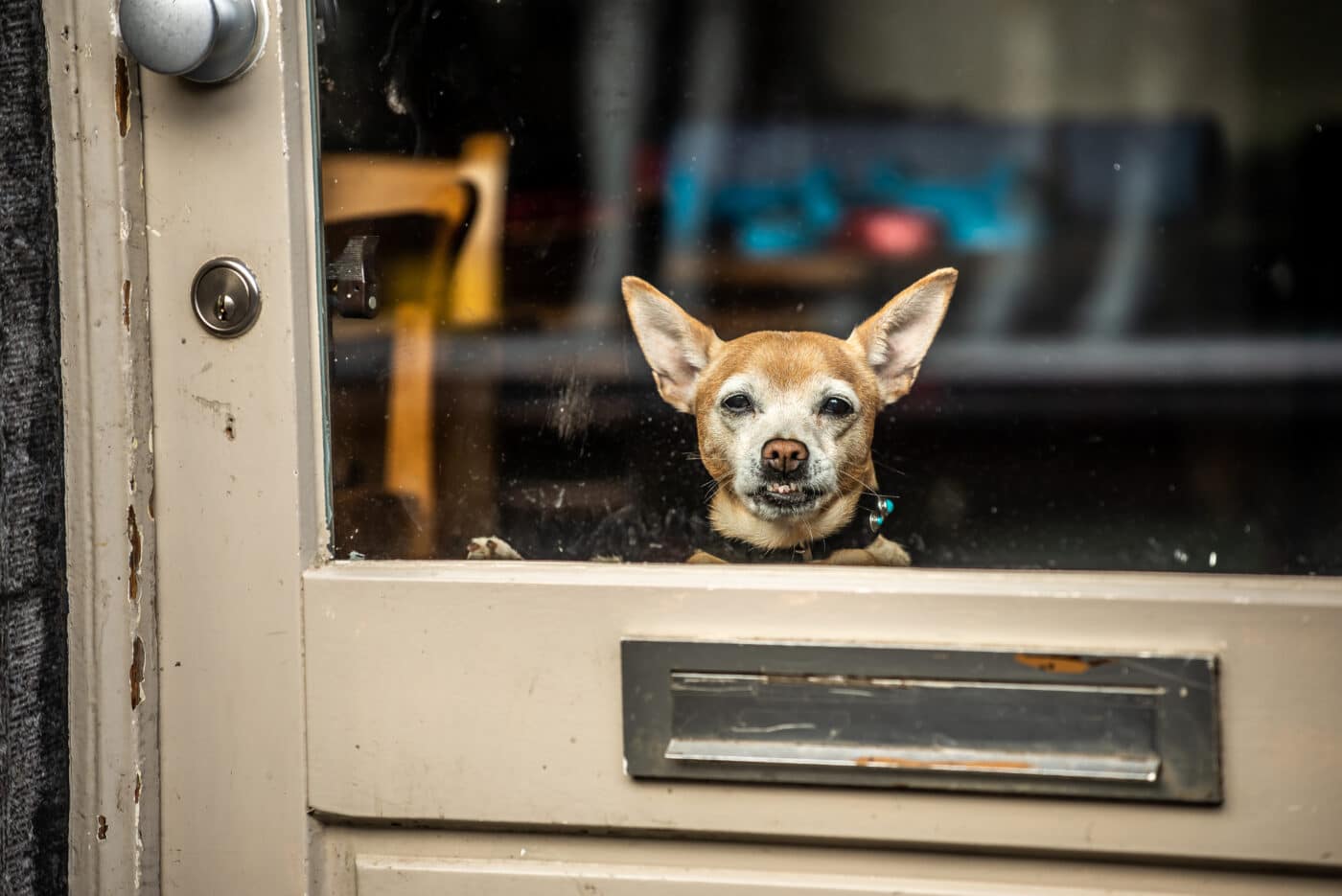 Shutterstock
Shutterstock
A dog barking at the mailman isn’t just noise—it’s their way of communicating, rooted in instincts, routines, and environmental cues. From territorial drives to learned behaviors, dogs see the mailman’s arrival as needing their “protection.” Each bark is their way of saying, “I’m on duty, guarding my pack.” By understanding the reasons behind this daily bark session, we gain insight into the complexities of canine behavior and can find ways to help our dogs feel more at ease with the mail’s arrival each day.

 4 hours ago
1
4 hours ago
1

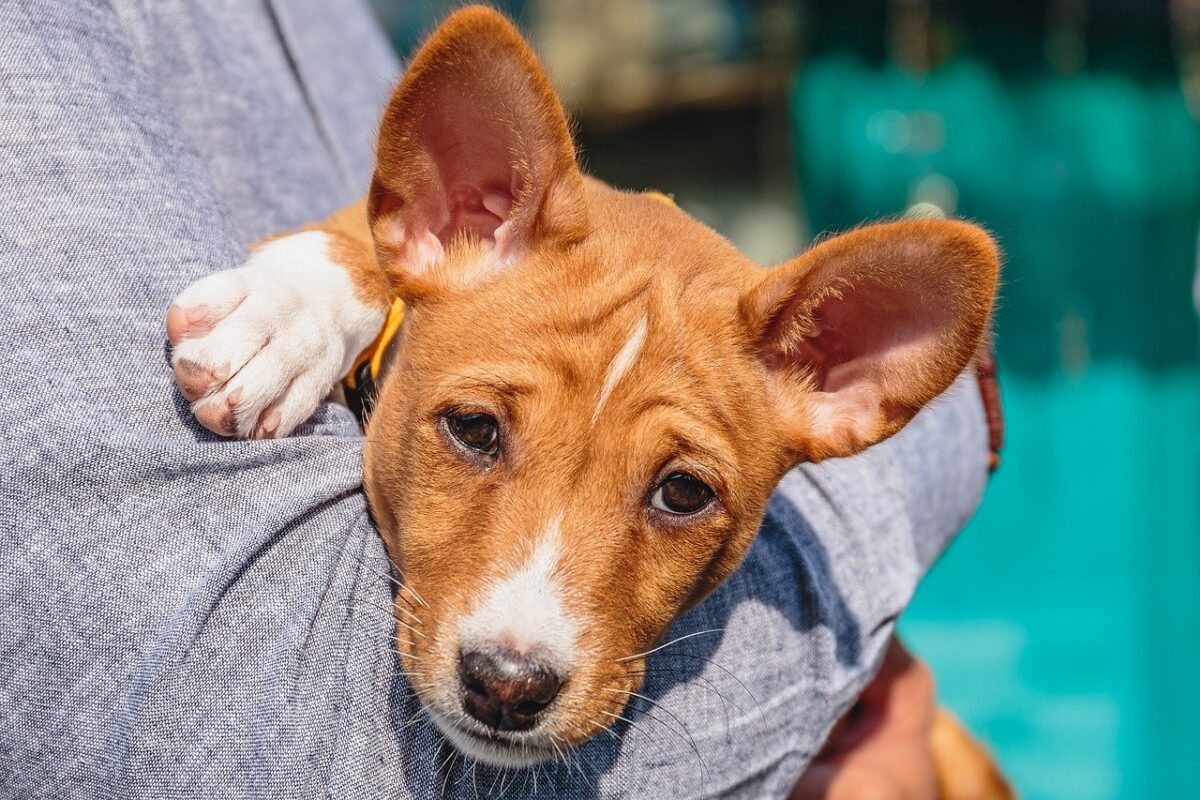


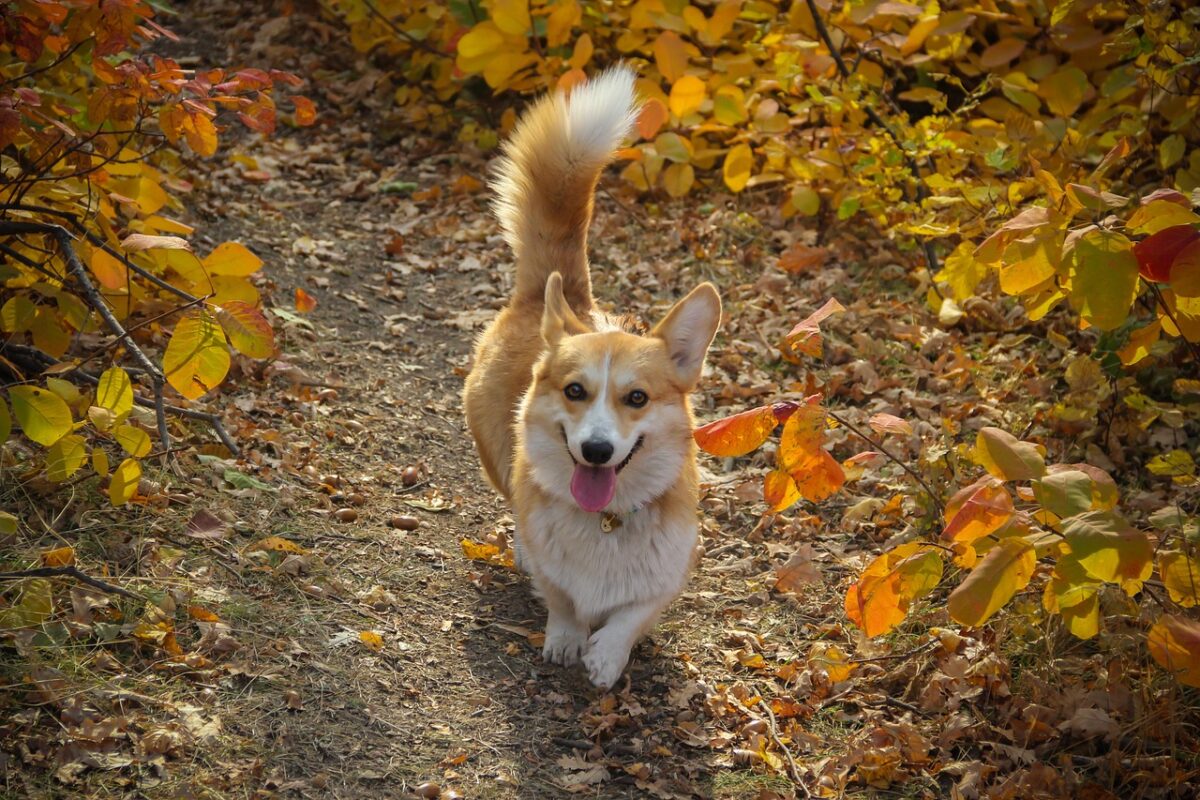













 English (US) ·
English (US) ·